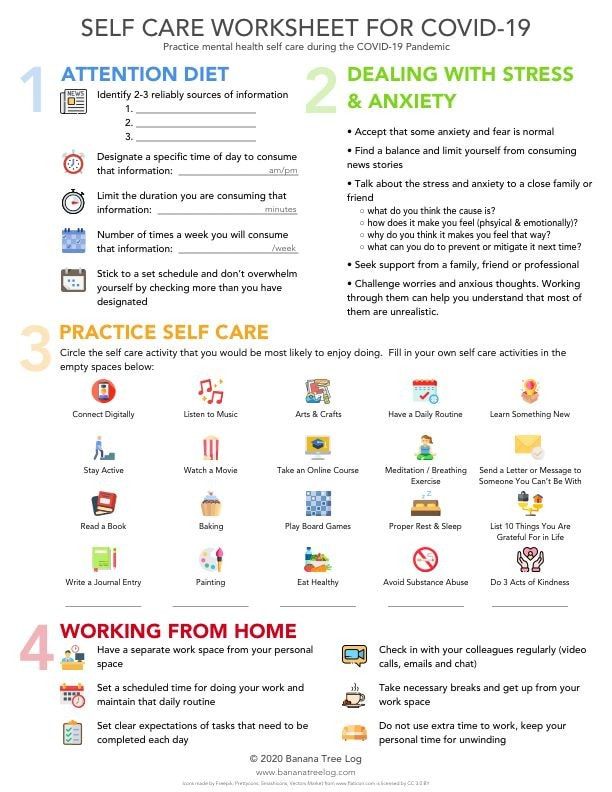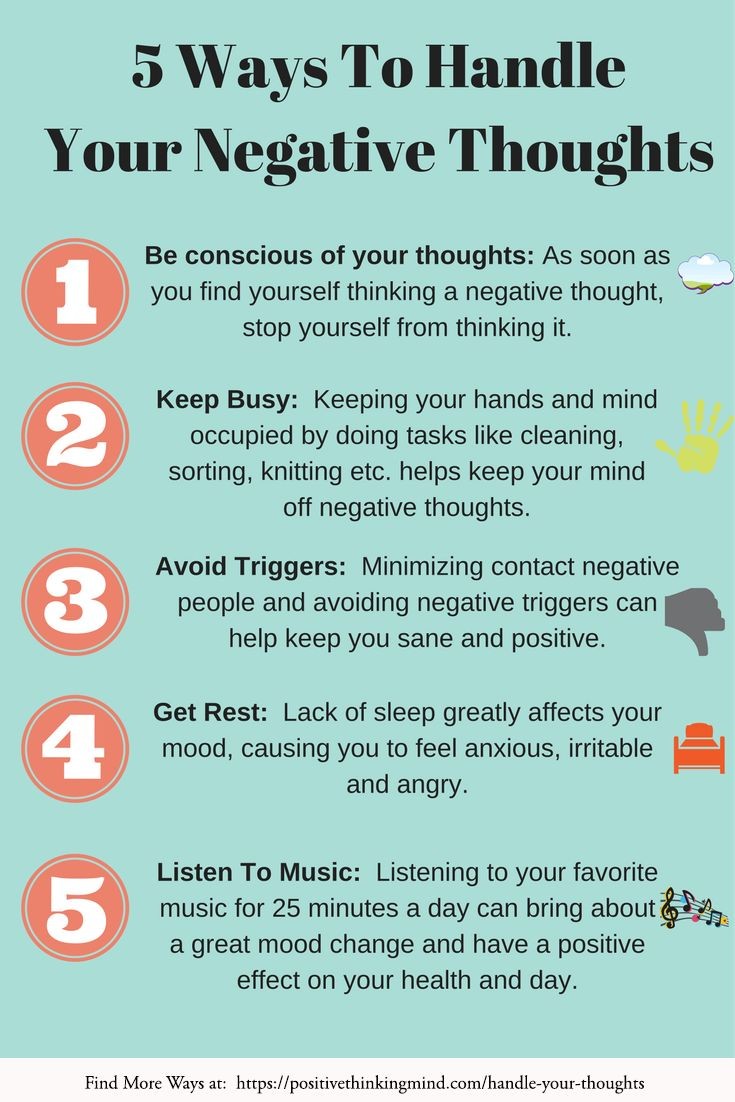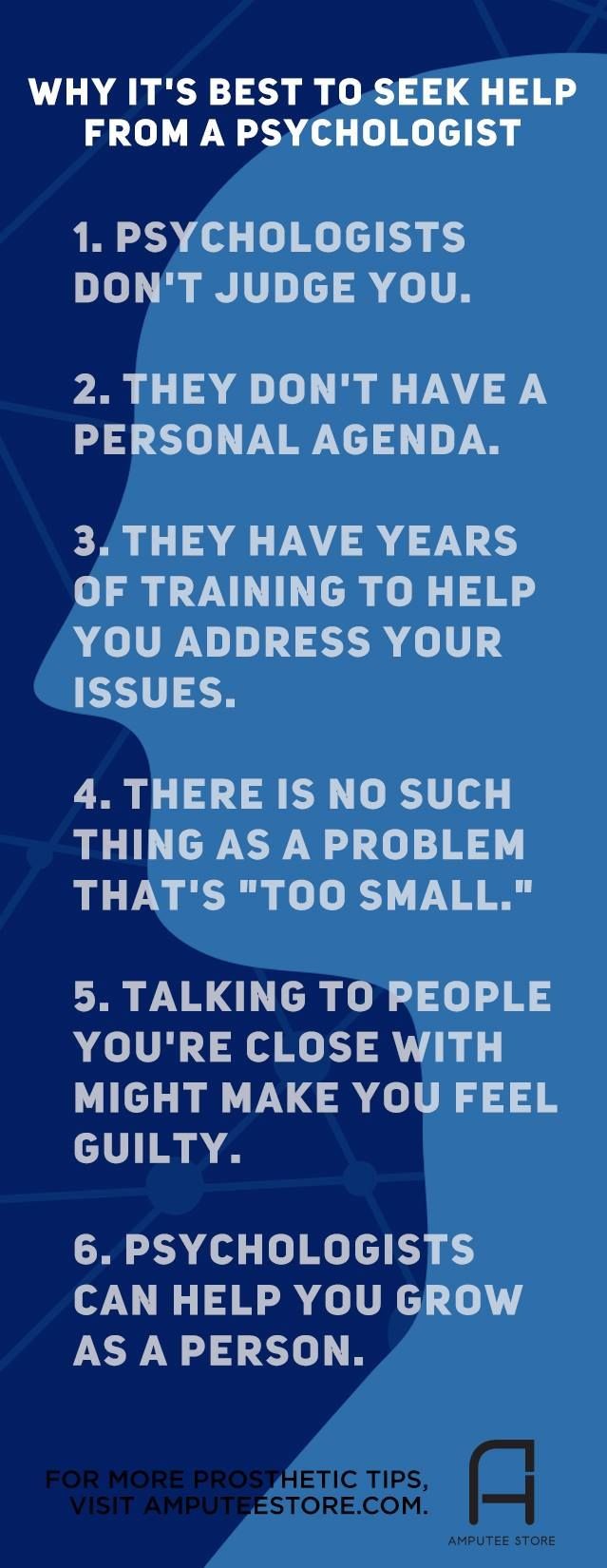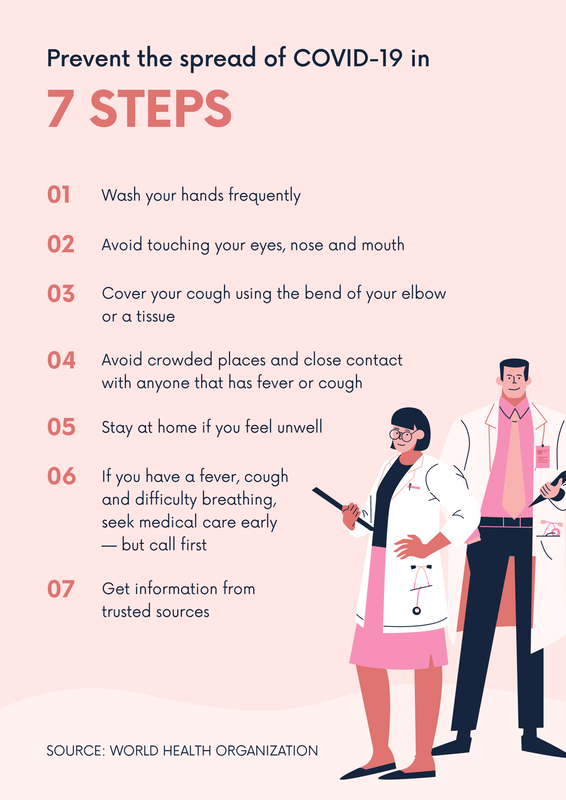|
Since the World Health Organization declared the COVID-19 outbreak a global pandemic, many of us, even those who have not been infected by the virus, will choose to quarantine in our homes for the upcoming weeks. Capsized travel plans, indefinite isolation, panic over scarce re-sources and information overload could be a recipe for unchecked anxiety and feelings of isolation. Here are a few pointers that could help you survive spiraling negative thoughts about this uncertain time.
1.) Reframe “I am stuck inside” to “I can finally focus on my home and myself” As dismal as the world may feel right now, think of the mandated work-from-home policy as an opportunity to refocus your attention from the external to the internal. Doing one productive thing per day can lead to a more positive attitude. Set your sights on long-avoided tasks, reorganize, or create something you’ve always wanted to. Approaching this time with a mindset of feeling trapped or stuck will only stress you out more. This is your chance to slow down and focus on yourself. 2.) Stay close to your normal routine Try and maintain some semblance of structure from the pre-quarantine days. For those individuals with children, sticking to a routine might be easier; however as you work from home, it could be tempting to fall into a more lethargic lifestyle, which could lead to negative thinking. Wake up and go to bed around the same time, eat meals, shower, adapt your exercise regimen, and get out of your PJ’s. Do laundry on Sundays as usual. Not only will sticking to your normal routine keep you active and less likely to spiral, it will be easier to readjust to the outside world when it’s time to get back to work. 3.) Avoid obsessing over endless Coronavirus coverage Freeing up your day from work or social obligations gives you plenty of time to obsess, and if you have a tendency to consult Google for every itch and sneeze, you may be over-researching the pandemic as well. Choosing only certain credible websites (who.int or cdc.gov is a good start) for a limited amount of time each day (perhaps two chunks of 30 minutes each) will be in your best interest during this time. 4.) A chaotic home can lead to a chaotic mind With all the uncertainly happening outside your home, keep the inside organized, predictable and clean. Setting up mental zones for daily activities can be helpful to organize your day. For example, try not to eat in bed or work on the sofa- just as before, eat at the kitchen table and work at your desk. Loosening these boundaries just muddles your routine and can make the day feel very long. Additionally, a cluttered home can cause you to become uneasy and claustrophobic of your environment- so keep it tidy. 5.) Start a new quarantine ritual With this newfound time, why not do something special during these quarantined days? For ex-ample, perhaps you can start a daily journal to jot down thoughts and feelings to reflect on later. Or take a walk every day at 4 pm, connect with your sister over FaceTime every morning, or start a watercolor painting which you can add to everyday. Having something special during this time will help you look forward to each new day. 6.) Use telehealth as an option to talk to a professional if your anxiety becomes unmanageable Many licensed psychologists are offering telehealth options over HIPAA-compliant video chat platforms. Remember to reach out for help if your anxiety is reaching proportions that is unmanageable without professional help. Letting go of illusions of control and finding peace in the fact that you are doing your part to “flatten the curve” will certainly build mental strength to combat the stressful situation the whole globe is experiencing. About the Author Dr. Aarti Gupta Humans generally love certainty and control (my husband might say that I love it more than the general population). When things feel out of our control it can increase feelings of fear. This reaction is normal because it is our body’s natural, biological response. What matters is how we respond to our reactions. Here are some common reactions you or people you know may be experiencing:
Key ways to maintain your own mental health and promote the mental health of those around you:
During these very uncertain times, it may be difficult to explain to your children what is happening. I hope these resources help you.
 Hunkering Down: 4 Brain-Wise Ways to Cope During COVID-19 Hunkering Down: 4 Brain-Wise Ways to Cope During COVID-19March 20, 2020” ‘Unprecedented’ = never done or known before” Oxford English Dictionary We are, without a doubt, living in an unprecedented time of anxiety, uncertainty, fear, and unease. The word “unprecedented” is trumpeted in numerous news reports and social media outlets, describing the nature of the unfolding COVID-19 (coronavirus) pandemic. Most people on the planet today have not lived through a major health crisis of this magnitude, even those in the Boomer or The Greatest (WW2) Generation who might have experienced the polio crisis of the early 20th century. So with that, we are all in this together, figuring out what it means to shelter-in-place, quarantine, home-school, work-from-home, study remotely, socially distance, scour home/work surfaces with cleaning supplies, flatten-the-curve, protect our seniors and vulnerable populations, and wrap our heads around toilet paper shortages (and other grocery supplies). Some of us are already dealing with exposure to COVID-19, may have a loved one impacted, or are attempting to seek medical treatment as the spread of coronavirus continues. Others are single-parents striving to balance working-from-home with children padding around in the background. Those with abuse histories may be impacted particularly as they must face sheltering-in-place with toxic family members or partners they would otherwise not be in contact with. Some of our humanity are now laid off from work or are perhaps homeless. It’s not a stress-free chapter right now. In short, not only is the coronavirus a health crisis, it’s also a psychological crisis that has the potential to send people into fight-or-flight mode. In helping people to understand how the brain is constructed and responds to situations of stress and trauma, I wrote a four part series for Psych Central entitled 5 Nuts and Bolts of the Traumatized Brain Parts 1, 2, 3, and 4. Please click on each numbered part for specifics regarding neuroscience and how to heal the traumatized brain (along with the person who belongs to that precious cranium). I am proud to say that these articles have been re-posted by The EMDR Institute, as well as other respected organizations in the field of trauma recovery. I am going to provide for you 4 additional tips to help you lower your stress and trauma reaction to the COVID-19 pandemic: 1. As I mentioned in my articles regarding the traumatized brain, we need to tap into interventions that address “bottom-up” strategies (Malchiodi, 2020). When our brains are perceiving trauma, we go into fight, flight, freeze or fawn modes. These survival strategies that originate in the reptilian brain are designed for just that: survival. However, being locked into a trauma mode shuts down our higher order processing (attention, focus, concentration, ability to speak). Our bodies literally “hold” the trauma in the form of hypervigilance, increased heart rate, body and muscle tension, stomachaches, and headaches. So to unlock that embodied sense of held trauma, we must release it in a somatic way. Researchers such as Bessel van der Kolk who wrote the seminal work, The Body Keeps the Score: Brain, Mind and Body, and the Healing of Trauma (2017), suggest the following for physiological release of “held” trauma: yoga, mindfulness based meditation, abdominal breathing, tai chi, EMDR (a therapeutic modality that utilizes bilateral movements), somatic experiencing (therapeutic modality), and bilateral movements outside in nature (like hiking or walking). 2. Renowned art therapist and researcher Cathy Malchiodi (2020) writes and lectures extensively on the use of expressive arts, including visual arts (drawing, painting, sculpting, collage, making music, dance) to address releasing emotion when our amygdala is activate like a fire alarm with a dying battery. To calm our heightened sensitivities and chill out the brain’s siren, we can: draw, paint, sculpt, dance, listen to music, sing, play an instrument, write poetry, and act. There are numerous expressive arts strategies I like to use with my clients, both younger and older: craft a memory box, design stress balls, make a worry doll, design a mandala, create a dream-catcher to hold nightmares, sculpt an image that is comforting and soothing, make a body map (with a trained expressive arts therapist). Expressive arts allow us to express and release what is sometimes not accessible verbally when that part of our brain is offline due to trauma/stress/anxiety. 3. Once we have been able to get centered, self soothe, and de-stress on a physical and emotional level, our bodies literally begin to enter a relaxation response (Benson, 1976). Our speech center (Brocha’s area) light’s up again and we can access language. Focus, concentration, memory, and speech become possible once our prefrontal cortex is activated. It is then that therapeutic modalities like cognitive restructuring can be beneficial as well as narrating one’s story (Name It to Tame It) to lower cognitive dissonance. Over the course of my career, I have routinely referred to The Feeling Good Book: The New Mood Therapy by David Burns as a classic book in identifying automatic negative thoughts and strategically re-writing the inner narrative to that of more reality-based and positive internal dialogue. We can: journal, do cognitive behavioral therapy with a trained therapist, read books about cognitive restructuring, draw a timeline and label the road-map with the story of our journey, talk with trusted others for validation and support. 4. Supreme Self-Care: This concept means the following: 1) Get at least 5 consecutive hours of sleep / sleep cycle to restore serotonin in your brain (the neurotransmitter that regulates mood needs to be “topped off” like a gas tank); 2) good nutrition; 3) exercise (preferably outdoors and in nature); 4) solid, nurturing social supports; 5) see a therapist if you are having a mental health crisis (many are now offering services via webcam/telephonic); 6) stay connected electronically with loved ones while needing to physically socially distance; 7) stay off of news outlets that trigger more anxiety/trauma, and only check reliable sources for information (like CDC, WHO); 8) connect with your spirituality; 9) This To Shall Pass; 10) We will get through this together, as fellow human beings on the planet. Benson, H. (1976). The relaxation response, Avon Publishing. Burns, D. (2008). The feeling good book: The new mood therapy, Harper Publishing. Malchiodi, M. (2020). Trauma and expressive arts therapy: Brain, body and imagination in the healing Process, The Guildford Press. Retrieved from: 3/19/2020: https://www.historyofvaccines.org/timeline/polio Retrieved from: 3/19/2020: https://blogs.psychcentral.com/savvy-shrink/2018/09/5-nuts-and-bolts-of-the-traumatized-brain-part-1/ Retrieved from: 3/19/2020: https://blogs.psychcentral.com/savvy-shrink/2018/09/5-more-nuts-and-bolts-of-the-traumatized-brain-part-2/?li_source=LI&li_medium=popular17 Retrieved from: 3/19/2020: https://blogs.psychcentral.com/savvy-shrink/2018/09/5-more-nuts-and-bolts-of-the-traumatized-brain-part-3/?li_source=LI&li_medium=popular17 Retrieved from: 3/19/2020: https://blogs.psychcentral.com/savvy-shrink/2018/10/5-ways-to-heal-the-traumatized-brain-part-4/?li_source=LI&li_medium=popular17 Van der Kolk, B. (2017). The body keeps the score: Brain, Mind and Body in the Healing of Trauma, Penguin Books.  Copyright © 1995-2020 Psych Central Site last updated: 21 Mar 2020 Handcrafted with pride in historic Massachusetts. Psych Central does not provide medical or psychological advice, diagnosis or treatment. Learn more.  |
AuthorSonji Harris Archives
July 2020
Categories |
||||||||||||||||||




 RSS Feed
RSS Feed
